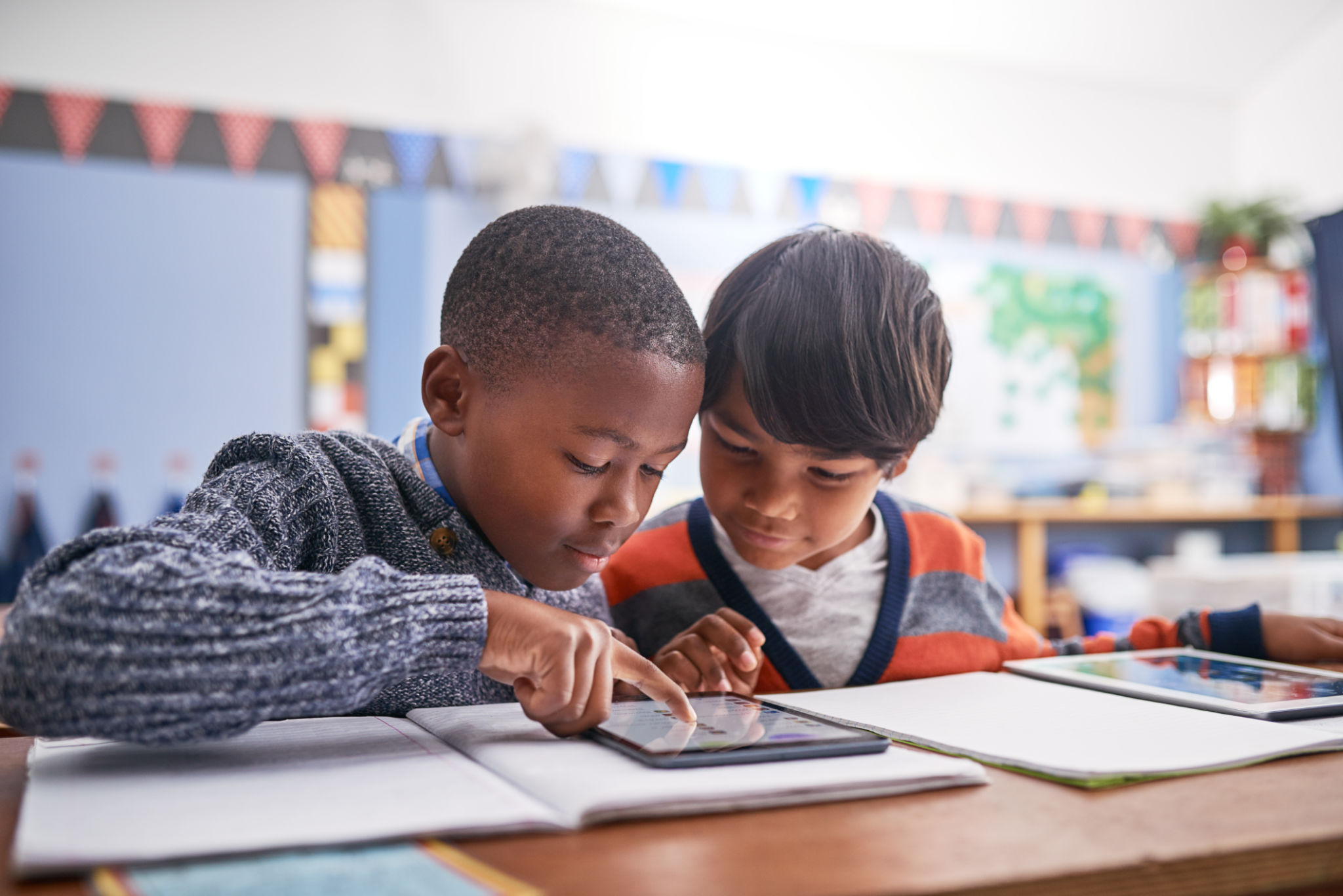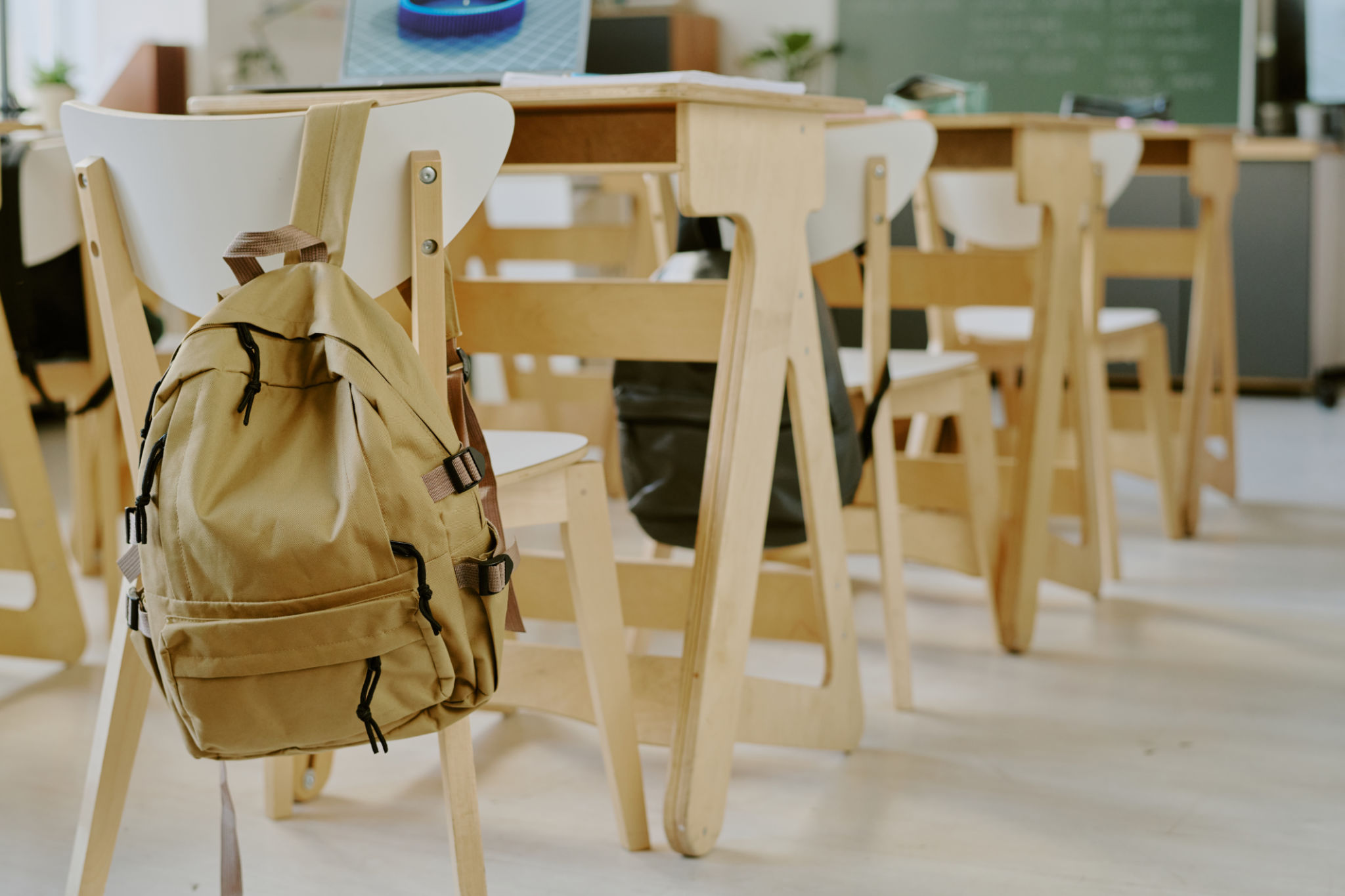校舍工程 Innovations: Modernizing Your School Facilities
Introduction to School Facility Innovations
In the rapidly evolving world of education, the physical environment of a school plays a critical role in fostering effective learning. Modernizing school facilities is not just about aesthetics; it's about creating spaces that enhance learning experiences, accommodate diverse needs, and integrate cutting-edge technology. From energy-efficient designs to flexible learning environments, schools are embracing innovation to transform their infrastructures.

Flexible Learning Environments
One of the most significant shifts in school design is the move towards flexible learning environments. These spaces are adaptable, allowing for various teaching methods and learning styles. By using modular furniture and movable walls, classrooms can quickly transform from lecture-style setups to collaborative workspaces. This flexibility encourages creativity and collaboration among students, preparing them for the dynamic nature of the modern workplace.
Furthermore, these adaptable spaces support inclusive education by providing environments that cater to different sensory needs and learning paces. Schools are increasingly incorporating quiet zones, breakout areas, and sensory rooms to ensure that all students can thrive.
Integration of Technology
Technology integration is at the heart of modern school facility innovations. Schools are investing in state-of-the-art infrastructure to support digital learning tools, such as smartboards, tablets, and virtual reality systems. These tools enhance interactive learning and provide students with access to a wealth of online resources.

Moreover, high-speed internet and robust IT systems are essential for seamless digital learning experiences. Schools are also prioritizing cybersecurity measures to protect sensitive data and ensure a safe online environment for students and staff.
Sustainable and Energy-Efficient Designs
As environmental concerns grow, schools are adopting sustainable building practices to reduce their carbon footprint. Energy-efficient designs not only lower operational costs but also create healthier learning environments. Features such as solar panels, rainwater harvesting systems, and green roofs are becoming more common in school construction projects.
In addition, schools are implementing energy-efficient lighting and HVAC systems that optimize energy use while maintaining comfort. These sustainable initiatives teach students the importance of environmental stewardship and inspire them to adopt eco-friendly practices.

Safety and Security Enhancements
Ensuring the safety of students and staff is a top priority for any educational institution. Modern school facilities incorporate advanced security measures such as controlled access points, surveillance systems, and emergency response protocols. These features help create a secure environment conducive to learning.
Furthermore, schools are focusing on designing spaces that promote well-being. Natural lighting, improved air quality, and ergonomic furniture contribute to a healthier and more comfortable environment, enhancing academic performance and reducing stress.
The Role of Community in School Design
Community involvement is crucial in modernizing school facilities. Engaging stakeholders—such as parents, teachers, and local organizations—ensures that the design meets the community’s needs and reflects its values. Collaborative planning processes foster a sense of ownership and pride in the school environment.

Additionally, schools are increasingly serving as community hubs by offering spaces that can be used outside of school hours for various activities. This approach strengthens community ties and maximizes the use of resources.
Conclusion
Innovations in school facility design are reshaping the educational landscape by creating environments that support diverse learning needs and embrace technological advancements. By prioritizing flexibility, sustainability, safety, and community engagement, schools are paving the way for future generations to thrive in an ever-changing world. As we continue to innovate our educational spaces, we must ensure they remain adaptable, inclusive, and aligned with the evolving needs of students and society.
